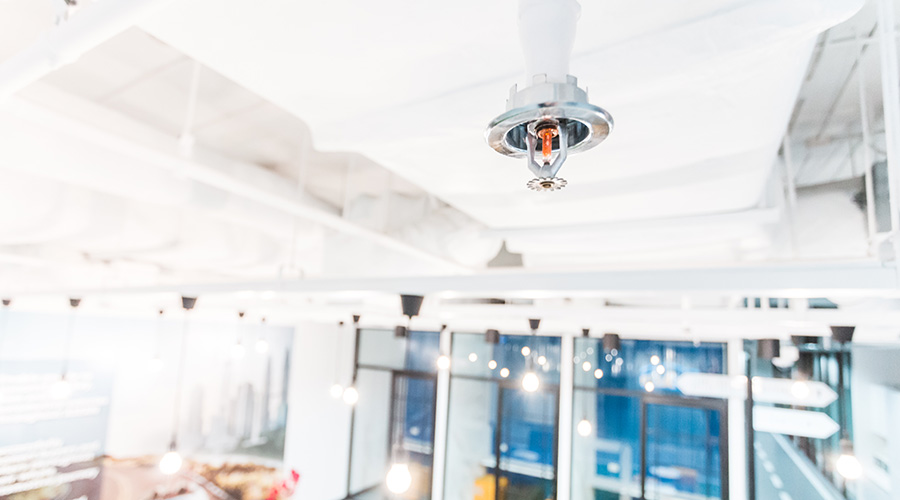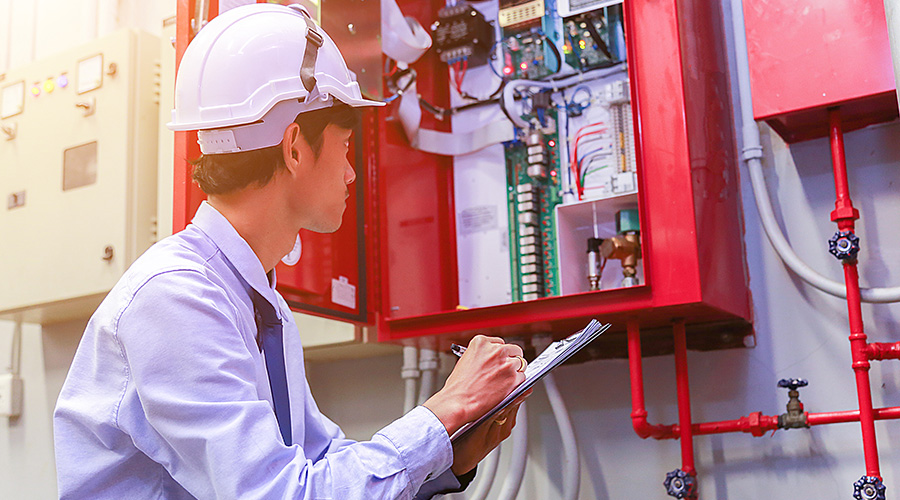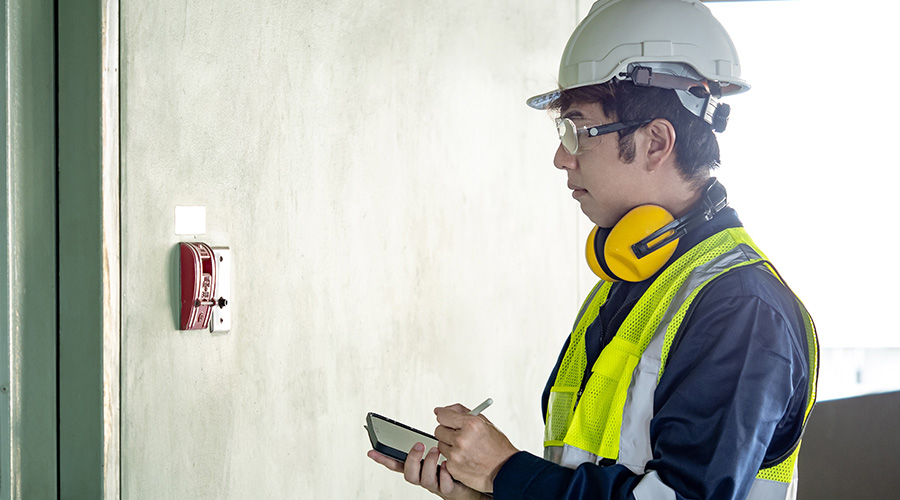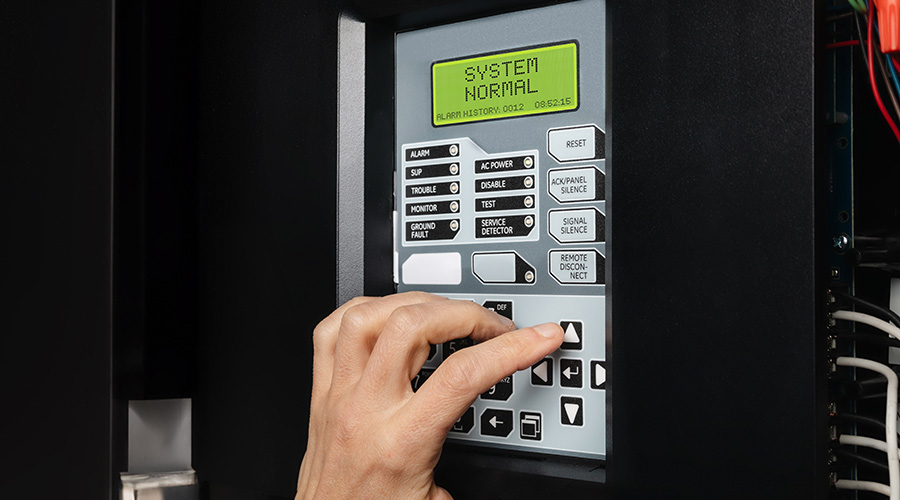NFPA 72: Interconnectivity Requirements
Get answers to how the code requires fire alarm systems to connect with sprinklers, elevators, HVAC and smoke control systems
By Wayne D. Moore and Larry D. Rietz, Contributing Writers
NFPA 72, the National Fire Alarm and Signaling Code, is a widely adopted code for fire alarm systems. When a state, county or city adopts a building code, it becomes law in that jurisdiction. As a result, all NFPA codes and standards, like NFPA 72, that are referenced by the adopted building code are also law and must be followed.
Failing to comply with codes can lead to citations, disruptions in operations, higher costs and increased liability risks. This series of Q&A is designed to help facility managers tackle any confusion regarding the code they may have. The following questions cover interconnectivity with other systems.
How does NFPA 72 require a fire alarm system to interconnect with a fire sprinkler system?
NFPA 72 provides the requirements for installation and interconnection of all sprinkler devices to a fire alarm system. The automatic sprinkler system in a building is interconnected to a fire alarm system using waterflow switches. These devices, when actuated by a flow of water in the automatic sprinkler system, produce an alarm signal to the fire alarm system, which then operates as required. If there are multiple automatic sprinkler system risers or zones in the building, there will generally be one waterflow switch per riser or zone and one main waterflow. This arrangement allows for “zoning” of the system to assist the fire department in locating the area of the automatic sprinkler system actuation.
The fire alarm system will often also monitor automatic sprinkler system valves (using a valve tamper or pressure switch) to ensure that the sprinkler system has not been placed out of service by a closed water valve.
How does NFPA 72 require a fire alarm system to interconnect with an elevator?
The building or life safety code will require elevator recall, and NFPA 72 chapter 21 contains the installation and operational requirements for interfacing with elevators in a building. In general, the fire alarm system will monitor for an emergency condition that may affect the elevator (usually through smoke and/or heat detection), and upon an alarm condition will take control of the elevator to return the elevator cab to a safe location. (See Section 21.3 of NFPA 72 (2022 edition), and Section 2.27 of ASME A17.1/CSA B44:19, Safety Code for Elevators and Escalators (2019 edition), for specific requirements.)
How does NFPA 72 require a fire alarm system to interconnect with the heating, ventilating, and air-conditioning (HVAC) system?
The building or life safety code will require interconnection to the HVAC system, and NFPA 72, Section 21.7 (2022 edition) contains the requirements as they apply to the basic method by which a fire alarm system interfaces with HVAC systems in a building.
NFPA 72 requires all connections between fire alarm systems and the HVAC system for the purpose of monitoring and control to operate and be monitored in accordance with applicable NFPA standards (for example, NFPA 90A, Standard for the Installation of Air-Conditioning and Ventilating Systems). Often, a fire alarm system will provide smoke detection within HVAC ductwork and shut down the HVAC unit if smoke is present.
How does NFPA 72 require a fire alarm system to interconnect with a smoke control system?
NFPA 72 does not contain requirements for smoke control systems. Smoke control systems are governed by NFPA 92, Standard for Smoke Control Systems, which requires that the smoke control systems be automatically activated in response to signals received from a specific fire detection device or a combination of fire detection devices.
The detection and control devices can be installed as part of the building fire alarm system or can be a separate fire alarm control system that would be monitored by the building fire alarm system. Additionally, manual fire alarm pull stations are not permitted to be used to activate smoke control systems that require information on the specific location of the fire. It should be noted that smoke control systems have specific monitoring and control installation requirements and special inspection and testing requirements.
Wayne D. Moore is a licensed professional fire protection engineer with over 45 years of engineering experience. Moore currently serves on the NFPA 72 Correlating Committee and Chapter 24 Technical Committee (past Chair), as well as being an editor of five editions of the “National Fire Alarm Code Handbook.”
Larry D. Rietz, is a NICET Level IV Certified fire alarm designer with more than 29 years of life safety industry experience. Rietz is Vice President and Global Service Line Leader for Fire Detection and Alarm for Jensen Hughes and serves on the NFPA 72 Chapter 24 and 12, 21, & 23 Technical Committees.
Related Topics:












